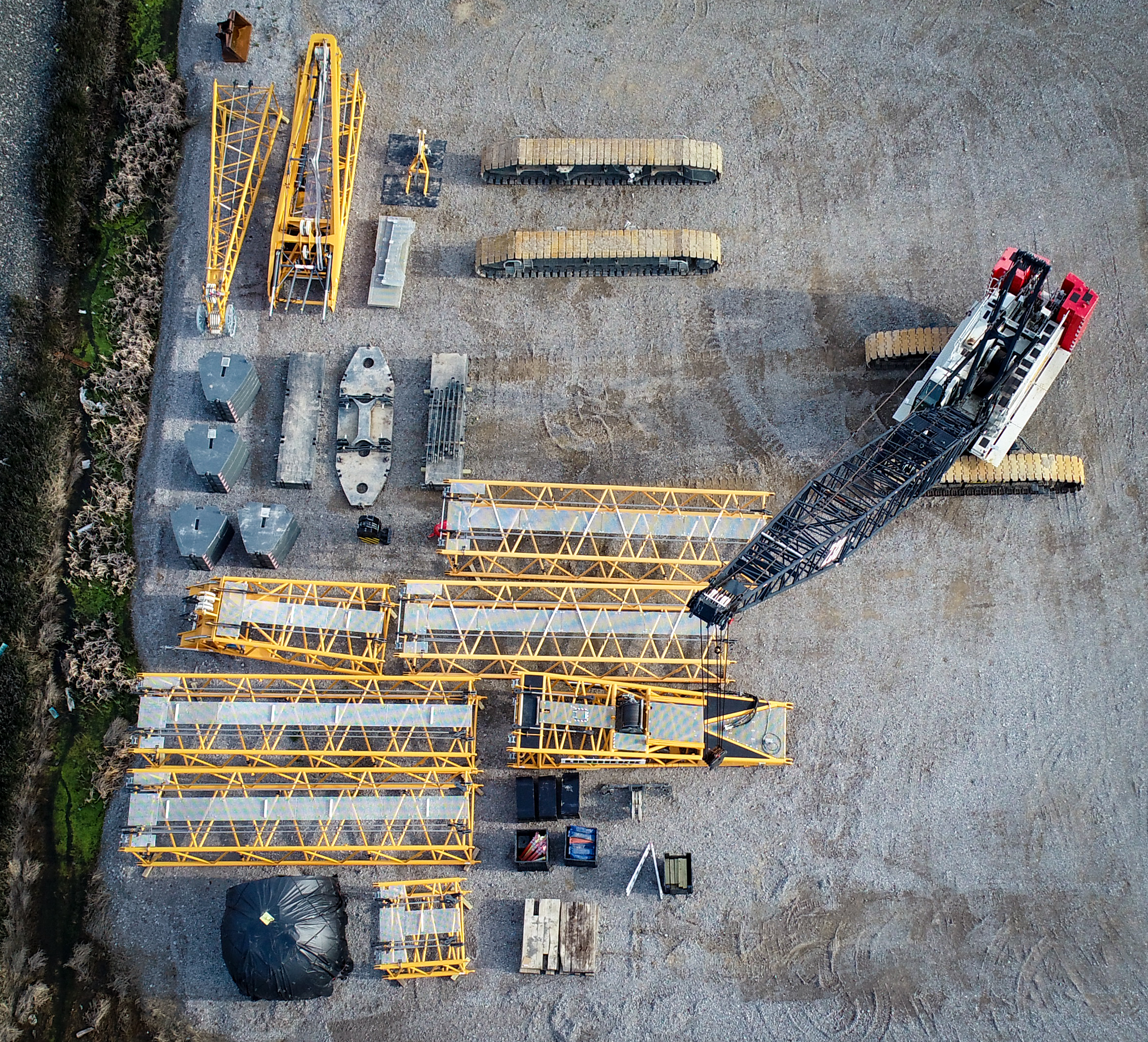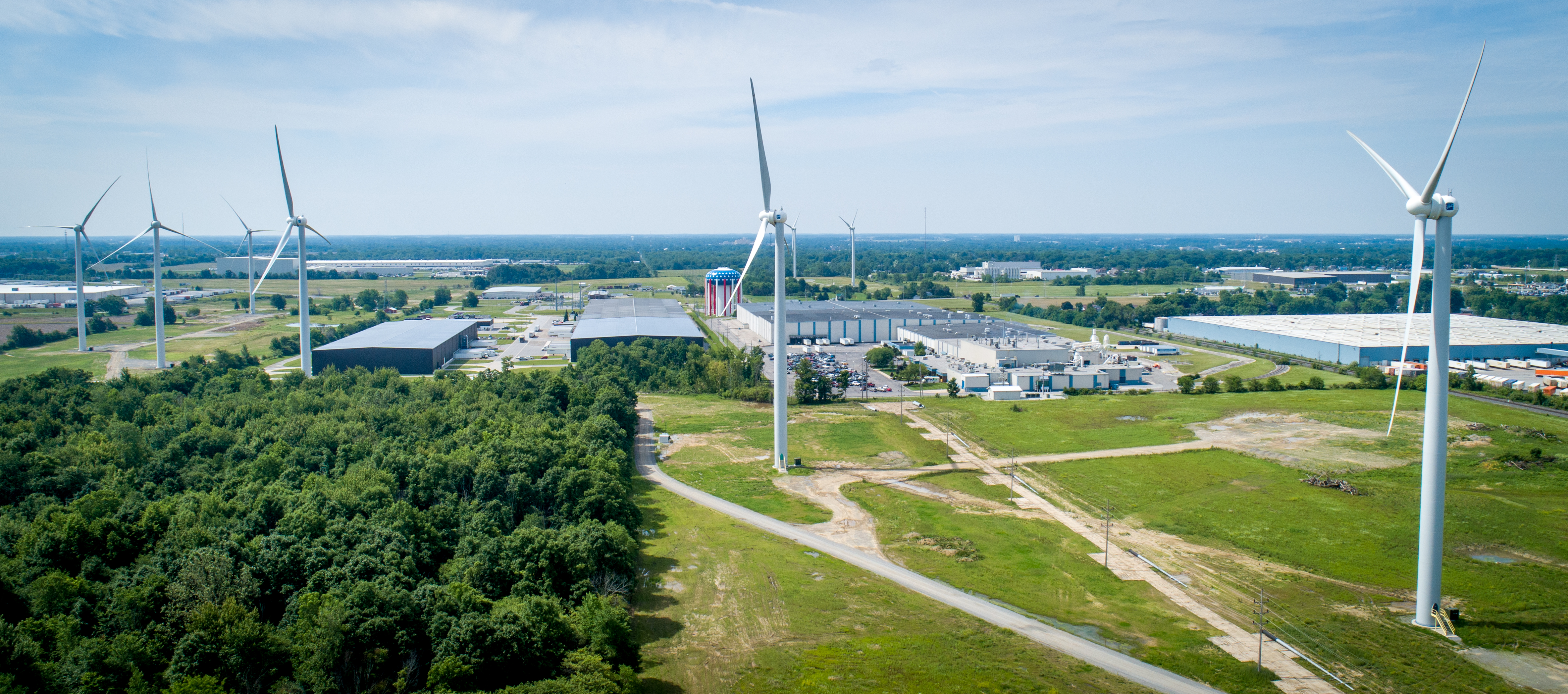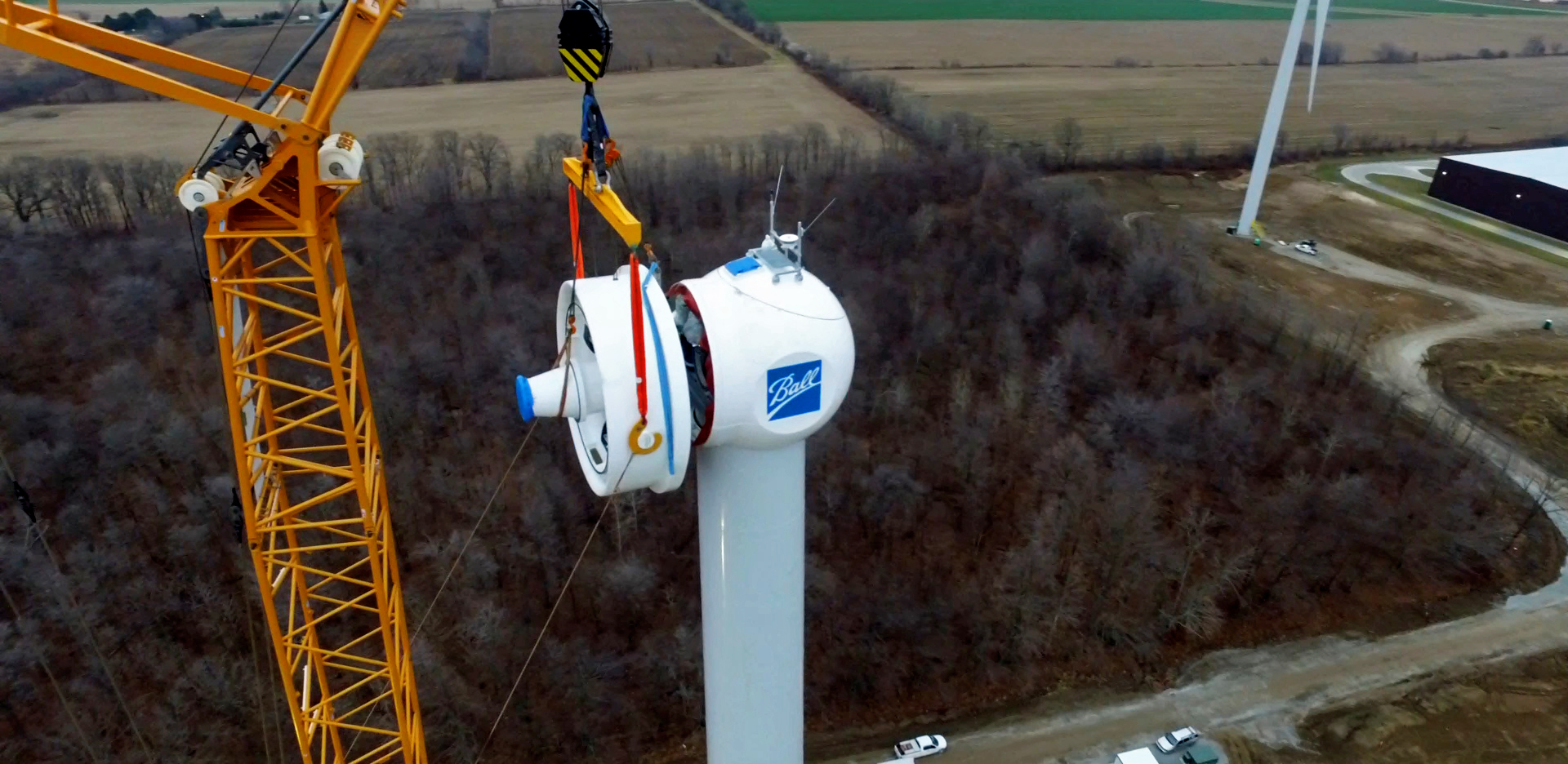It is human nature for people to point the finger at others when something goes wrong. Who doesn’t remember it as a kid? Breaking something, spilling something, or doing something you knew you weren’t supposed to and then looking for a plausible culprit to point the finger at when you were found out. Or hiding the mistake and hoping you didn’t get caught.
Unfortunately, the human tendency to point the finger elsewhere or pretend a mistake didn’t happen doesn’t completely disappear in adulthood. And there’s a good reason why. The truth is, it stinks to mess up. It is embarrassing and it usually involves fixing a mess, owning up to something in front of your peers and bosses, or even being disciplined or getting into trouble. All of those undesirable ramifications can make it much easier for us, as humans, to revert to our childhood tendency of deflecting the blame elsewhere.
But in a company, pointing the finger elsewhere can be an enormously missed opportunity.
See, often a mistake in a business is indicative of a much more systemic, deep-rooted issue. Maybe that person didn’t have the training they needed to do the task they were given. Maybe they didn’t have the context they needed to know the audience they were delivering a message to. Maybe a process or protocol wasn’t communicated to them, or its importance wasn’t reinforced. Maybe the necessary systems were not put in place to catch critical mistakes.
In business, the reality is that sometimes the mistakes made by employees tell a much bigger story. So it is crucial to create a culture that goes against this human tendency to point the finger elsewhere. Instead, when a mistake is made, everyone around that mistake – that person, their boss, and their entire team – should point the finger at directly him or herself and ask, “how is this my fault?” No pretending it didn’t happen. No moving on without dissecting the mistake. No pointing the finger at anyone but yourself.
So how do you create this culture of pointing the finger in the right place?
First, create an environment of doing postmortems on mistakes. Acknowledge the mistake. Get everyone around it to put their minds together to figure out what went wrong and why. Figure out constructive ways to fix the mistake and the broader company structure that let it happen in the first place.
Second, be an example. If you make a mistake, own up to it. Point the finger at yourself and let others know it was your fault. Show that it is okay to make mistakes and that the way to deal with it is head on, with everyone who has the power to keep it from happening again in the future.
Third, don’t overreact to mistakes. Some mistakes deserve big ramifications. But others do not. Keep your anger in check and work through the mistake rationally, instead of using anger or punishment as a first resort.
This list is just a start. But mistakes certainly cannot be dealt with by gossiping about them, sweeping them under the rug, or rushing to point the finger elsewhere.
Making a mistake stinks, but making a mistake can also be a great teacher. Don’t let your company suffer by passing over the lessons that teacher has to give. Instead, make a commitment to a culture of pointing the finger where it needs to be pointed.
Katie Johnson Treadway is the Head of Regulatory Affairs at One Energy.
Learn more about Katie and the One Energy team.







































